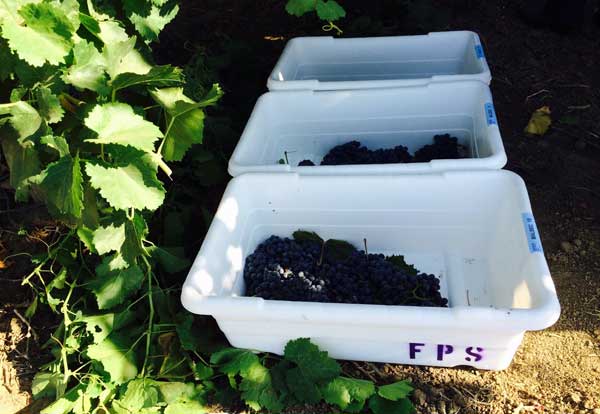Catena Wine's Measure of Influence in Argentina
Forbes, September 8, 2015
Laura Catena was pissed off. It was 1995 at a prestigious tasting in New York, where she was pouring her family’s Bodega Catena Zapata wines. It was the first time that an Argentinian winery was invited to participate in the event, and one guest after another passed by her table. They used her spit bucket but, when she offered to pour them a taste of wine, they refused. International appreciation for Argentinian wines was in its infancy 20 years ago.
Catena decided to fast forward it. The next day she called her father, Dr. Nicolás Catena Zapata, and said she was coming to work for him at the company he reinvigorated in the 1960s, after its initial founding with Malbec grapes in 1902 in the Argentine Andes of Mendoza.
It was a turning point, for her professionally and for the brand. She was (and still is) an emergency room doctor, and her decision to work for the company launched a new evolution for Bodega Catena Zapata that’s been driven in part by her natural affinity for scientific inquiry and data. She immediately founded the winery’s research and development department, which today is embodied by the Catena Institute of Wine and its extensive, integrated partnership with faculty and staff of the Viticulture & Enology program at the University of California in Davis.
“Twenty years ago I couldn’t sell Malbec because no one knew what it was,” Catena said. “There wasn’t a lot of research about Malbec, and there were very few selections available. We have as many winemakers doing research as we have making wine. We have to do our own research to understand what to do in our own region.”
As their first experiment, she and her team studied 130 different cuttings from the vineyards in Mendoza, and selections from those cuttings form the core of what is now studied further at UC Davis’ Foundation Plant Services vineyard. The seeds for the Catena Institute of Wine were planted.
Last week, during a day-long symposium in Davis, Catena and specialists from the Viticulture & Enology program detailed the progress and hypotheses of their research. Topics included a comparison of French and Argentinian Malbec selections, virus free plant material, the ongoing threat of phylloxera, and a tasting of five non-commercial research wines.
The UC Davis-Catena Institute Scholarship Program was also announced and formalized, which provides a year-long internship in Mendoza for a Davis student of viticulture. This scholarship bridges the two goals of the Institute, as Catena identifies them: to make Catena the best wine it can be, and to advance Argentina’s winemaking regions for the next 100 years. An ambitious goal like that — to take the 100 year long view of your country’s industry — reflects the measure of the company’s influence within Argentina.
That measure, as Catena explains in this podcast interview, is seen in the economic changes that extend outward like concentric circles from the vineyard core. Poverty slowly tips toward sustainability, for example, as the demand increases in response to more positive recognition of the wines internationally. As the demand increases, so does the price. As the price increases, farmers can demand a higher price for their crop. Take an indigenous grape like Criolla. It has traditionally been used for musts but, through Catena’s experiments, they’ve found that it can in fact make a very aromatic, low-alcohol, refreshing wine.
If they can turn Criolla into a commercially viable product, then the growers of it — who previously could barely afford to pay for harvesting — would shift toward a more economically sustainable livelihood. “It’s very encouraging when we go to a region and the government wants us to be there,” Catena said. “The land around us gets purchased, they’re building schools, and they’re paving roads. If we make quality wines from the region, we’re not going to be the only ones benefiting.”
Print